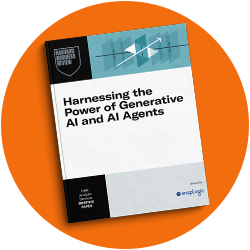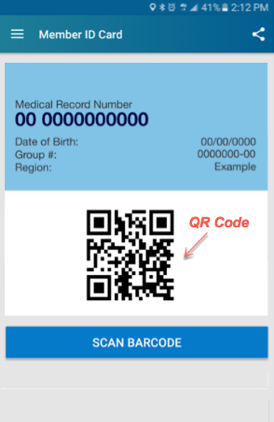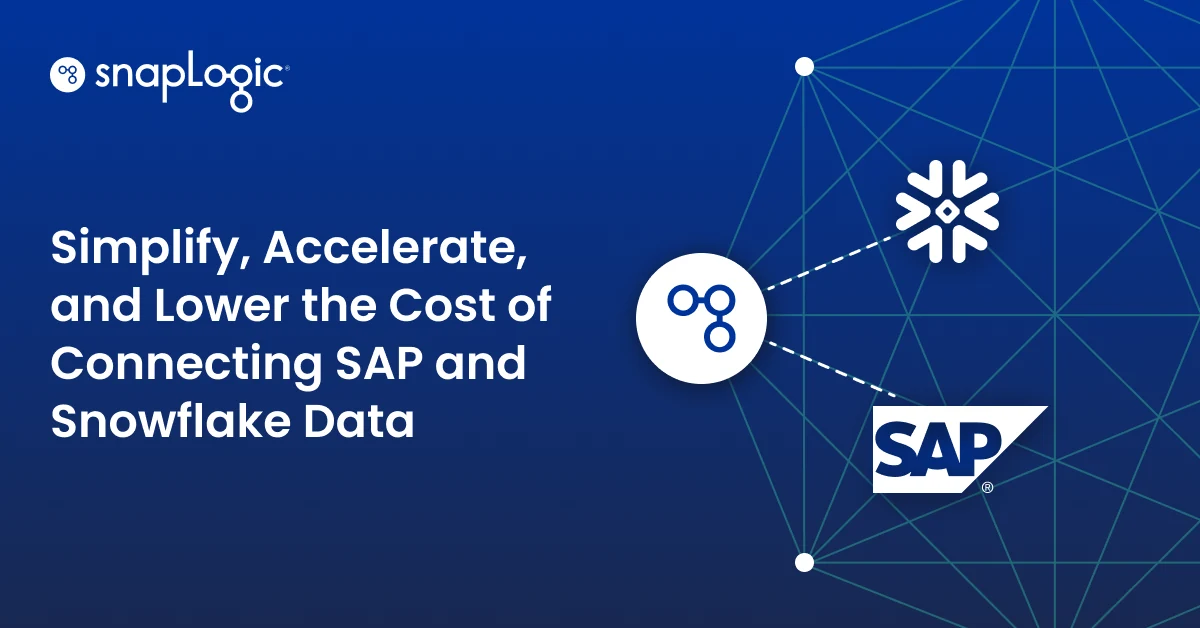Digital experiences are the new norm as they promise to change our day-to-day routines for banking, healthcare, transportation, entertainment, and so on. The idea is to improve our experience – making it easier or faster, whatever it is. As a result, we see features constantly changing and being updated in many of our mobile apps.
A seamless digital banking experience
Like many, I took a digital leap to do most of my banking on my mobile phone. I receive a check, open the bank app, take a picture of the front and back, specify the amount, and cha ching – money is transferred into my account within a day. I used to manually press the phone’s camera button but now it automatically takes a picture when I zoom to the check. Thanks, developers.
Think about all the backend systems that must be integrated for online banking to occur. An integrated system of applications, databases, and all kinds of services must interact together almost instantly for this process to work successfully.
A not-so seamless digital healthcare experience
But not everything is going to go as smoothly as my online banking app. The other day, I had an early doctor’s appointment followed by an important phone call with a colleague at work. I did not want to miss the call or scramble from the car to my desk while on the call.
I decided to plan ahead and arrive on time to get in and get out. I used a mobile app from my healthcare provider to get through the system faster. It provides a barcode to scan at check-in with all the information I typically need to fill out when I check in manually.
Without the mobile healthcare app, I would have had to grab a clipboard, sit down, fill out a form, and go back to the desk. It can take up to 15 minutes or so and they often say to arrive 30 minutes before your appointment for this reason.
Instead, I filled out all the information the night before and had a quick response (QR) code similar to the one shown below to scan at check in to get through faster.
The next morning, I had my barcode open on my phone in the elevator going to the floor for my appointment. The elevator was pretty full as we all were rushing to get somewhere in the building. Someone blurted out, “Don’t get your hopes up, that phone thing isn’t working.”
Sure enough, a smiling greeter on the floor for my appointment said, “Put that away, you have to manually sign in.”
Yikes. Everything to do with the appointment took longer than expected. Afterward, I got on the call in my car and had to stall for 15 minutes with my colleague until I got home in front of my computer, exactly what I had planned on preventing. (Incidentally, we were working on an integration demo for SnapLogic. My story resonated with him, too.)
I wondered what caused the failure with my mobile check-in app. Was it something to do with the integration backend or was there an issue with some system in the facility where they did not have a barcode scanner or some other reason? Maybe the QA team flagged the app because of some security requirement.
How REST APIs provide seamless mobile experiences
In any case, we know that modern, iPaaS strategies make this all possible. In a mobile app case, REST APIs from iPaaS integration projects give these digital services access to systems that have customer profiles. They then provide the ability to retrieve data associated with the profiles and other related systems.
The integration of all the data and associated analysis becomes easier when you have exposed the APIs to integrators who seek specific data to help with their agile digital business initiatives.
In a previous blog post, “APIs power digital business with data-driven results,” I discussed the five API integration features that are crucial to a digital business plan:
- Being able to connect to APIs without manual coding – Prevents errors and reduces the need to have in-house programming skills
- Retrieving and processing only the specific API data necessary to achieve a particular outcome – Reduces overhead and complexity
- Being able to reuse the connector, once connected to an API, within and across departments – Helps maintain consistency and reduces overhead
- Having a one-to-many API data flow as well as having a many-to-many API “composite” data flow – Provides flexibility and efficiency
- Executing any API call at the location closest to the data source – Provides more efficient processing with less networking overhead
Having an iPaaS solution that makes it easier to connect important data via REST APIs to mobile apps like my banking or healthcare app, can make enterprises more agile so they can deliver digital business value faster and more accurately. Now, if only my healthcare provider’s app had worked like it was supposed to.
For more information about enterprise agility, read the white paper, “Agile companies and digital transformation: Where iPaaS and APIs come together.”












